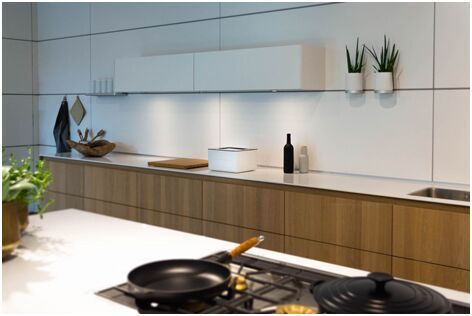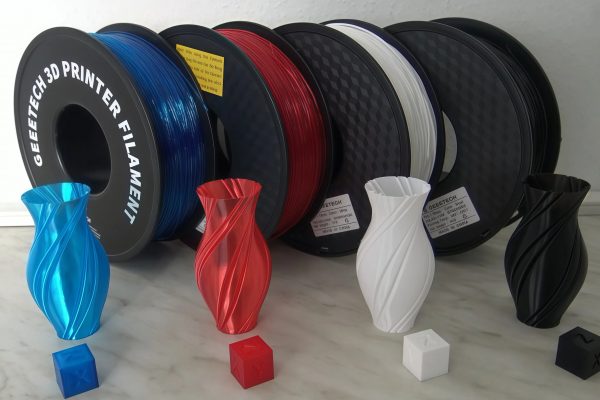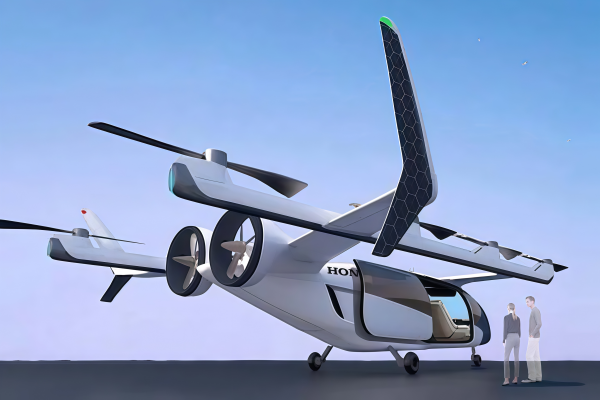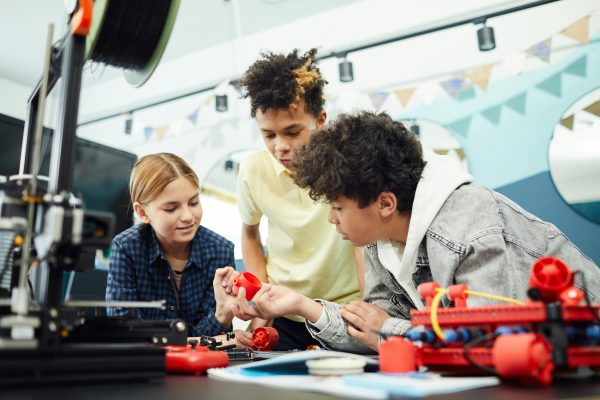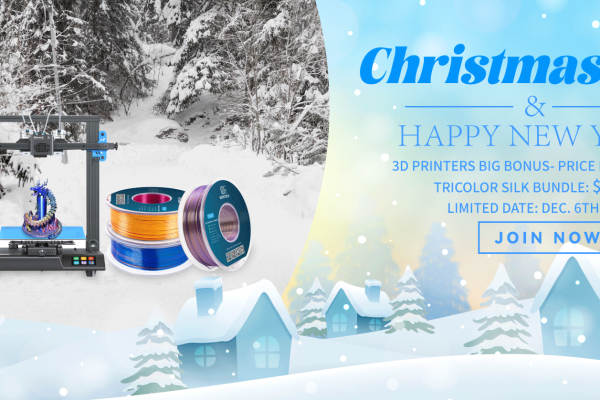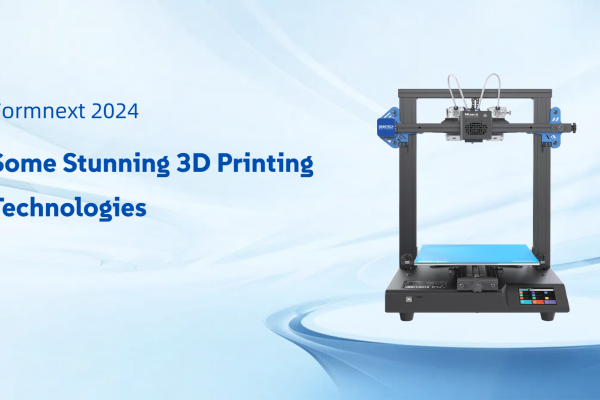A pair of students has invented a conceptual prototype for a countertop 3D printer which people could use to make meat at home.
Cultivator, which was designed by Sarah Mautsch and Aaron Abentheuer, is an open-source prototype machine intended to fuel the discussion about the future of bio-printing – a kind of new technology already being developed for recreating human organs in experimental medicine.
The project by the duo from the University of Applied Sciences Schwäbisch Gmünd aims to tap into the current debate about the future of food production for increasing populations with limited resources.
The current model, made from acrylic glass and deep-drawn polystyrene, has been designed according to the assumed development of this technology over the next 30 years.
“This is a speculative design project, so the device itself is not production ready,” Abentheuer said. “But considering this technology exists today (although it is very expensive), one can assume that technology will evolve, get cheaper and smaller to produce, so something like Cultivator can definitely exist in 10 to 30 years time in future kitchen.”
The device can meet the user’s needs in this way: be programmed with the user’s preferences and dietary requirements to create bespoke meat, printed from muscle and skin cells.
An Adapt Nutritional Values tool, which the designers compare to Magic Wand tool in Photoshop, would allow users to adjust qualities like protein content without compromising the taste or texture of the meat.
However, the result would be arbitrary forms unrelated to animal parts. It would be possible to create flesh and fat, but not bone.
“Skeuomorphism [the design concept of making representational items resemble their real-world counterparts] has been widely debated over the last several years in software design but is actually something that is relevant to food as well in the future,” said the designers, who suggest a chequered slab of alternating chicken and beef pieces as one possible outcome of the project.
A solar panel would allow the device to be self-sufficient in the light-flooded kitchens of the future, according to the designers, and it could also use the house’s electricity supply in the condition of lacking natural light.
The Cultivator is intended to act as a conversation starter about the development of meat culture.
It is one of a series of recent attempts to consider and explore the future of synthetic food, which could become necessary to overcome the environmental and animal-welfare concerns associated with current methods of large-scale meat production.
There is no doubt that 3D printing is bringing and will bring more surprises to this world.


